This piece originally appeared in Real Clear Markets on September 20, 2017
It is widely accepted that America is more divided than ever – economically, culturally, and politically. What is less well-understood is what is driving our growing disunity. Is the rising wage gap between the college-educated and everyone else to blame? Are the “coastal liberal elites” and residents of the “heartland” living in increasingly isolated social media bubbles? Is the divisive rhetoric of our nation’s political leaders rubbing off on the electorate? All of these are likely contributors, but one explanation that has received notable empirical attention recently is the role of the news media in shaping public opinion. The verdict? The news media can indeed shift viewer’s political leanings, but this effect is only notable on the political Right.
A recent American Economic Review paper by Gregory J. Martin and Ali Yurukoglu investigates the role of cable news viewership on partisan vote shares. They find that Fox News played an increasingly important role in presidential elections between 2000 and 2008. Their analysis suggests that, had the network not existed (and no similarly conservative network arose in its absence, perhaps an unlikely counterfactual), the overall Republican presidential vote share would have been 0.46 percentage points lower in 2000, 3.59 points lower in 2004, and 6.34 points lower in 2008. Their methodology rested on the apparently random channel order of Fox News in different geographic areas, and the fact that a lower channel number means more viewers, independent of the local area’s political leanings. By using this independent and random measure of the likelihood that someone will be exposed to Fox News, they are able to estimate its causal effect.
Republican vote shares among viewers increase by 0.3 percentage points for each additional 2.5 minutes of Fox News viewership per week.
The results from this new study are largely consistent with the earlier work of Stefano DellaVigna and Ethan Kaplan, who found that Fox News convinced a significant percent of viewers to vote Republican between 1996 and 2000, when the network’s viewership was only a fraction of what it is today. The recent report’s authors attribute Fox News’s increasing partisan influence to the network’s growing viewership and its increasingly conservative slant. Interestingly, Martin and Yurujoglu find no corresponding political influence from more liberal networks. Republican vote shares among viewers increase by 0.3 percentage points for each additional 2.5 minutes of Fox News viewership per week. The effect of the same increase in MSNBC viewership? An imprecise zero.
Martin and Yurujoglu’s findings are striking simply because of the sheer magnitude of this “Fox News effect.” Indeed, the network may have played an even larger role in the 2016 presidential election, but no one has yet investigated the causal relationship. According to researchers at Pew, Fox News was the main source of election news for 40 percent of Trump voters, while there was no equivalently dominant source of coverage among Clinton supporters – 18 percent of Clinton voters pointed to CNN as their main source of coverage, followed by MSNBC (9 percent), Facebook (8 percent), and local television networks (8 percent). If the growing influence documented by Martin and Yurujoglu continued through the most recent election cycle, the “Fox News effect” might have moved an election-changing portion of the electorate in Trump’s favor.
What are the implications of these findings? We shouldn’t necessarily be concerned if consumers are self-selecting different media platforms based on their pre-existing preferences, but when the causal connection works in the opposite direction (different media platforms influence consumer’s political behavior), there might be cause for alarm. This is especially the case if media consumption patterns overlap with other demographic and social variables, and they do. Better-educated Americans are more likely to regularly read newspapers and magazines than the less educated. A majority of the readers of the New Yorker, the Atlantic, the Economist, the Wall Street Journal, and the New York Times are college graduates, compared to about a quarter of those who watch Fox or MSNBC. If some of these platforms meaningfully influence consumers’ political beliefs, our nation’s political divide will almost certainly grow worse. When individuals select media sources based on demographic and political factors and these sources then amplify or strengthen an individual’s political views, the echo chamber becomes a feedback loop for increasingly intractable political polarization.
As Bill Bishop writes in The Big Sort, “We now live in a giant feedback loop, hearing our own thoughts about what’s right and wrong bounced back to us by the television shows we watch, the newspapers and books we read, the blogs we visit online, the sermons we hear and the neighborhoods we live in.” Martin and Yurujoglu’s recent paper adds a new and alarming element to this feedback loop: it might not only be polarizing, but increasingly potent over time. Trust in the media might be at an all-time low, but the institution’s influence on our political behavior isn’t waning. Should big money or rising concentration begin to play an even bigger role in cable programming, control of the media could become the determining factor in electoral success. The asymmetrical effects of existing politically slanted media suggest this could favor Republicans over Democrats.
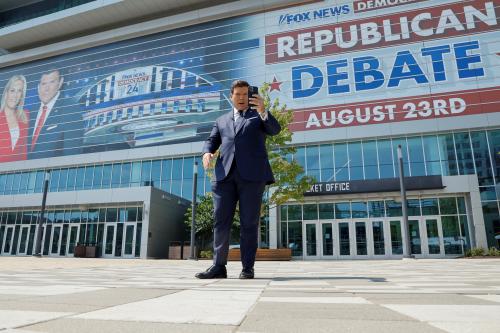
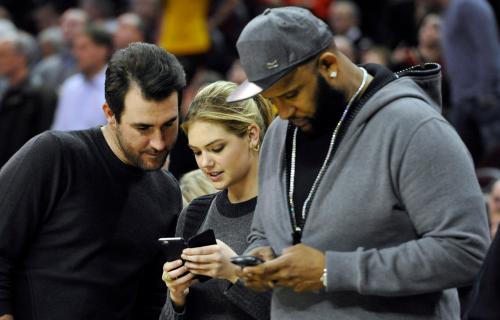
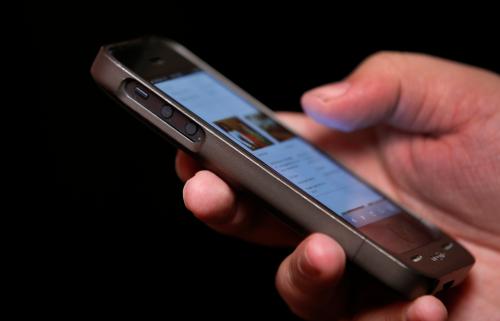
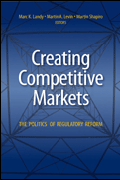
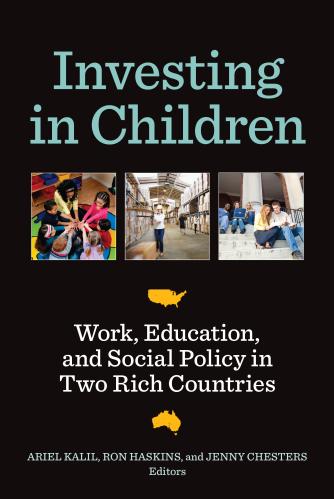
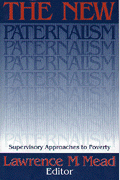




Commentary
Op-edGauging the role of Fox News in our electoral divide
September 20, 2017